You’re in your room, prepping for bed, when you hear a distant clicking noise coming from your bedroom window. You ignore it, knowing it’s some sort of bird, but then the noise gets louder and louder. And now you’re under your covers, listening to the click-click-click noise of this strange bird.
As you drift off to sleep, you can’t help but wonder: what bird makes that weird clicking noise?
In an effort to help you identify just that, we’ve compiled a comprehensive list of birds that make a clicking sound.
Let’s dive right in!
Top 13 Most Common Birds that Make a Clicking Sound
1. Anhinga (Anhinga anhinga)
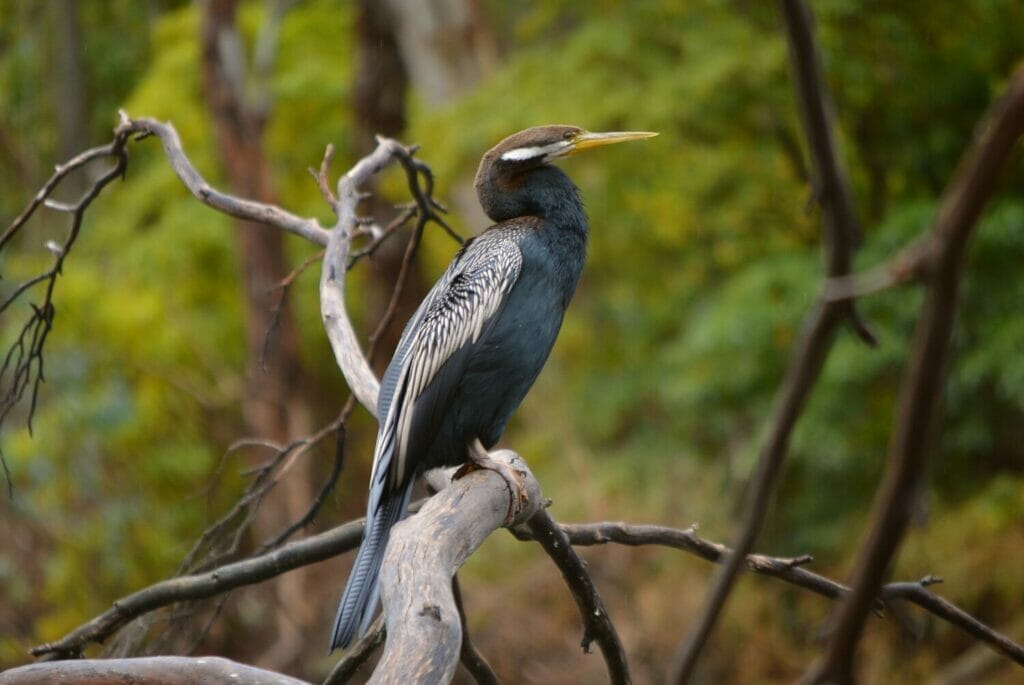
- Scientific name: Anhinga anhinga
- Length: 29.5 to 37.4 inches
- Weight: 46.7 to 47.6 ounces
- Wingspan: 42.9 inches
Anhingas, also known as American Darters, are large water birds found in the warmer parts of North, Central, and South America.
Their distinctive, fan-like tail earned them the alternative name, “Water Turkey.” They’re also called “Snake Birds” because of their long, snake-like neck and their habit of swimming with their bodies submerged under the water.
They feed on small-to-medium wetland fish, as well as crayfish, leeches, frogs, salamanders, and aquatic insects. They sometimes eat young alligators and small turtles, too!
Anhingas are silent except when they’re near the nest. Both males and females make a loud clicking sound that sounds a bit like an automatic sewing machine.
2. Blue Jay (Cyanocitta cristata)

- Scientific name: Cyanocitta cristata
- Length: 9.8 to 11.8 inches
- Weight: 2.5 to 3.5 ounces
- Wingspan: 13.4 to 16.9 inches
Known for their perky crests and unique blue, white, and black plumage, Blue Jays are among the loudest backyard birds in North America.
Blue Jays are incredibly vocal; they make a wide variety of calls and songs. They’d sometimes even mimic hawks—particularly Red-shouldered Hawks—to drive predators away!
One of the many sounds they make is a distinct conglomeration of subsequent clicks, paired with the occasional cluck, whine, and whirr.
3. Lewin’s Rail (Lewinia pectoralis)

- Scientific name: Lewinia pectoralis
- Length: 7.8 to 10.6 inches
- Weight: 2.2 to 3.9 ounces
- Wingspan: 12 to 13.7 inches
Lewin’s Rails are a secretive species of bird that are mostly found in Wallacea, Indonesia, as well as New Guinea and Australia. They live in fresh-to-saline wetlands, particularly those surrounded by dense vegetation.
Lewin’s Rails make a distinct click-click-click noise with altering note length, frequency, amplitude, and pulse rate.
These creatures are fairly widespread in their respective areas, so they’re listed under “Least Concern.” Still, their conservation status differs depending on the state they’re in.
In Victoria, Australia, for instance, they’re listed as “Threatened” under the Victorian Flora and Fauna Guarantee Act of 1988. Likewise, in Kedron Brook, Australia, they’re described as rare and threatened under the Nature Conservation Act of 1992.
4. Pileated Woodpecker (Dryocopus pileatus)

- Scientific name: Dryocopus pileatus
- Length: 15.8 to 19.3 inches
- Weight: 8.8 to 12.3 ounces
- Wingspan: 26.0 to 29.5 inches
Pileated Woodpeckers are among the most recognizable woodpecker species that exist today. With their striking red crest, bold black-and-white stripes, and bigger-than-average bodies, they’re undoubtedly among the prettiest birds out there.
Author Note: Pileated Woodpeckers are the second-largest species of woodpecker after the near-extinct Ivory-billed. They’re approximately 20 inches tall, making them almost as large as an adult crow. For a woodpecker, that’s pretty large!
Like most woodpeckers, Pileated Woodpeckers are incredibly vocal. Typically, they make a series of flicker-like cuk-cuk-cuk calls that rise and fall in pitch. Learning the rhythm, duration, and tempo of these calls can help identify these woodpeckers from other species.
5. Common Starling (Sturnus vulgaris)

- Scientific name: Sturnus vulgaris
- Length: 8.2 to 8.5 inches
- Weight: 2.0 to 3.6 ounces
- Wingspan: 12.2 to 17.3 inches
Vladimír Nemček
Common Starlings, also known as European Starlings or simply Starlings in Ireland and the UK, are medium-sized passerine birds with stocky bodies, triangular wings, short tails, and long, pointed bills. They’re among the most common garden birds in the world; so common that they’re considered economic pests in some countries like Australia! `
As they gather together in large numbers—sometimes hundreds at a time—they can cause significant damage to high-value fruit crops like grapes and cherries. Furthermore, they consume and spoil the feed of livestock, affecting pig, cattle, and poultry production.
Common Starlings make a variety of sounds, including clicking, whistling, and chattering, as well as harsh trills and rattles. They sometimes imitate meadowlands, hawks, and jays, too.
6. Common Raven (Corvus corax)
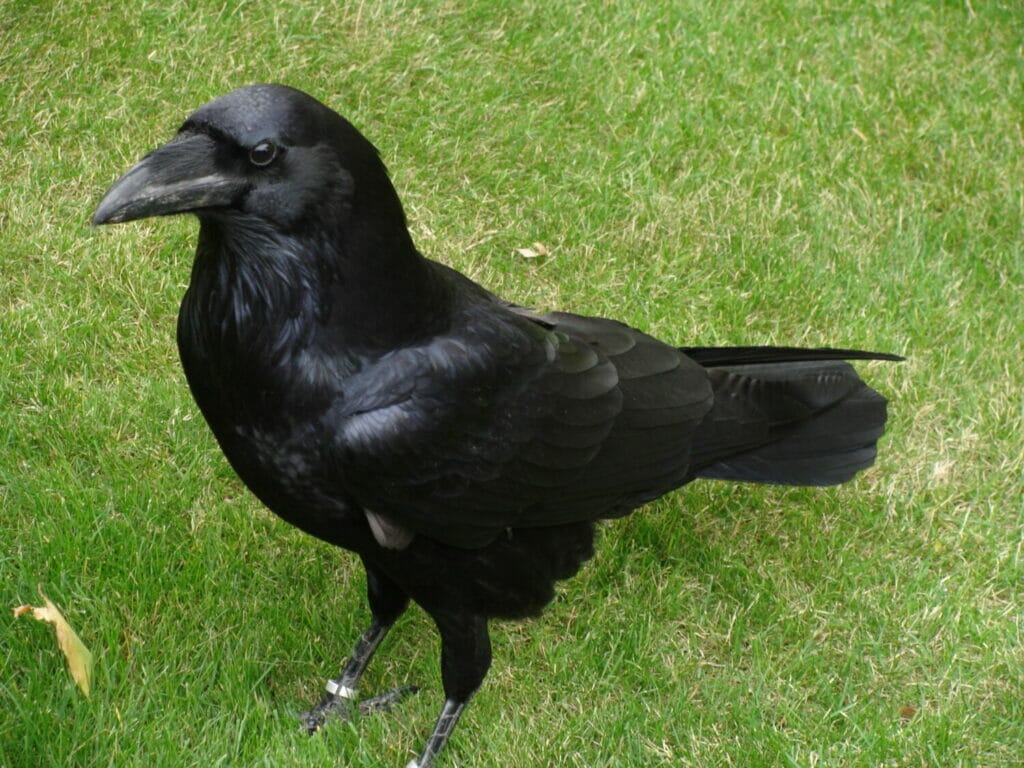
- Scientific name: Corvus corax
- Length: 22.1 to 27.2 inches
- Weight: 24.3 to 57.3 ounces
- Wingspan: 45.7 to 46.5 inches
Common Ravens are large, all-black corvids found across the Northern Hemisphere. They’re among the most widely distributed corvid species in the world. American Ravens are the second-most biggest corvid species, averaging at around 25 inches in length. They’re also quite possibly the heaviest at 2.6 pounds.
That’s not all—they also possess the largest brain of any bird species! It’s not just for show, either; they’re one of only four known animals who demonstrate displacement, problem-solving, and other cognitive processes such as insight and imitation.
Due to their opportunistic feeding habits, many consider ravens pests. They feed on anything they can get their bills on, including insects, cereal grains, carrion, small animals, fruit, and berries. They won’t say no to nesting birds and food waste, either.
Like most ravens, American Ravens make many different kinds of calls.
Other than the quick clicking noises, they also create shrill alarm calls, low, gurgling croaks, and rapid chatter. They can generate up to 33 different calls, each with its own unique meaning.
7. Northern Mockingbird (Mimus polyglottos)

- Scientific name: Mimus polyglottos
- Length: 8.3 to 10.2 inches
- Weight: 1.6 to 2.0 ounces
- Wingspan: 12.2 to 13.8 inches
As the name suggests, Mockingbirds “mock” or imitate the sounds they hear, be it the sound of a bird’s song or the beep of a vehicle. They can learn and produce up to 200 different calls so that the clicking sound you might be hearing outside your window might belong to a Northern Mockingbird!
Top Tip: Northern Mockingbirds are one of the most popular birds in the United States, and it shows. They’re the official state bird of not one, but five different states: Texas, Tennessee, Arkansas, Florida, and Mississippi. Now that’s a famous bird!
These intelligent imitators can be heard all day during nesting season. And when we say “all day,” we mean all day and night! Their singing isn’t limited to nesting season, either; they sing throughout spring, summer, and fall. They’re only quiet during the winter season.
8. Mourning Dove (Zenaida Macroura)
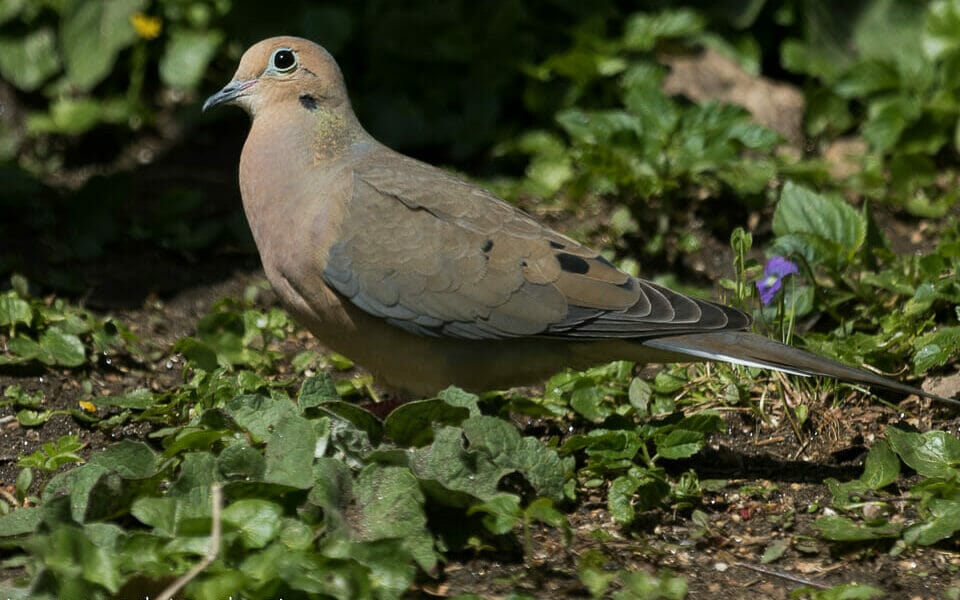
- Scientific name: Zenaida Macroura
- Length: 9.1 to 13.4 inches
- Weight: 3.4 to 6.0 ounces
- Wingspan: 17.7 inches
Mourning Doves, also known as American Mourning Doves or Rain Doves, are among the most common birds in the world. You can find them atop telephone wires, park fountains, backyard feeders, and almost everywhere else!
In the U.S. alone, these birds have a population of over 350 million. This is even with hunters harvesting around 20 million of them every year.
Mourning Doves are named for the sad, almost haunting cooing sound they produce, which are often described as mournful and melancholy.
But Mourning Doves actually make an array of other noises, including high whistles and repetitive clicks. They also make a purring “turr turr turr” sound, earning them the coequal title, “Turtle Doves.”
9. Bullock’s Oriole (Icterus bullockii)
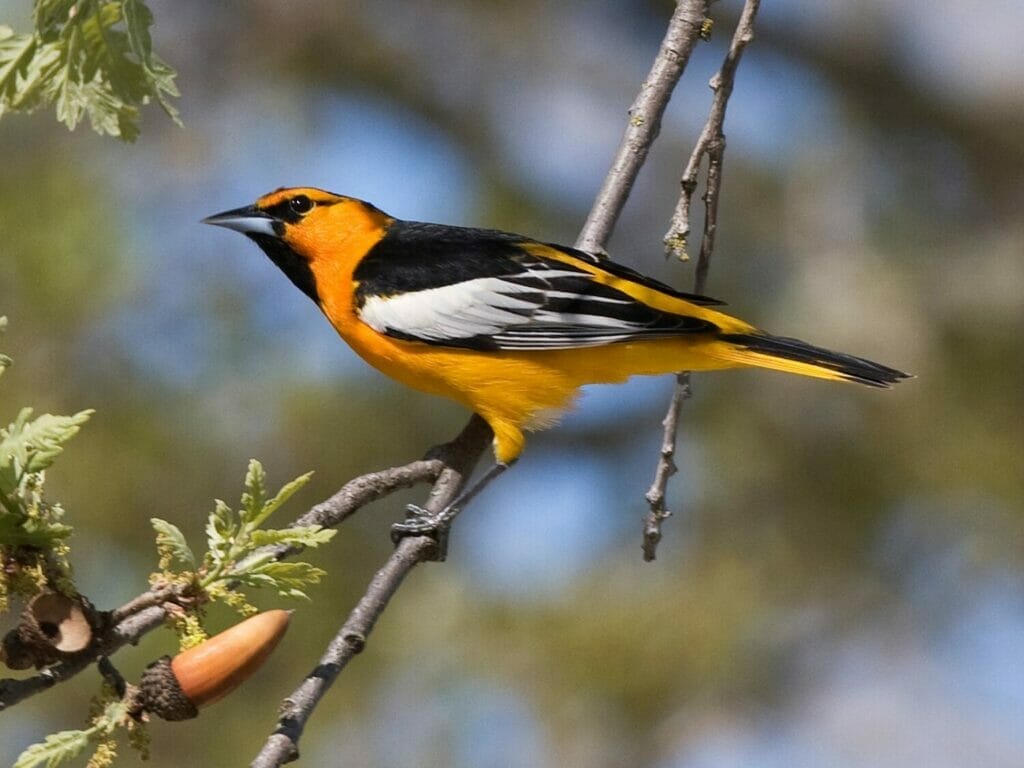
- Scientific name: Icterus bullockii
- Length: 7.5 to 9.4 inches
- Weight: 1.1 to 1.9 ounces
- Wingspan: 12.6 inches
With brilliant yellow-orange plumage and black-and-white wings, Bullock’s Orioles are a sight to behold. They’re closely related to Blackbirds and share the same thick, sharply pointed bills.
Bullock’s Orioles reside in forest edges, leafy suburbs, streamside woods, farmyards, and isolated groves. They’re especially common in the western United States, particularly in Idaho, Washington, Texas, and Montana to the Midwest.
These birds share a striking resemblance to Baltimore Orioles. They’re so similar that they were once considered a single species! The biggest difference between the two is that Male Bullock’s have orange faces, while male Baltimores have black bases. They also have a larger white patch on the wings.
The songs of Baltimore Orioles are around three to five seconds long, mostly composed of whistled notes and click-like rattles. The timbre sounds a bit like a child’s squeaky toy.
Both sexes have a similar pitch and rhythm, but females have a noticeably harsher final note.
10. Sulphur-Crested Cockatoo (Cacatua galerita)
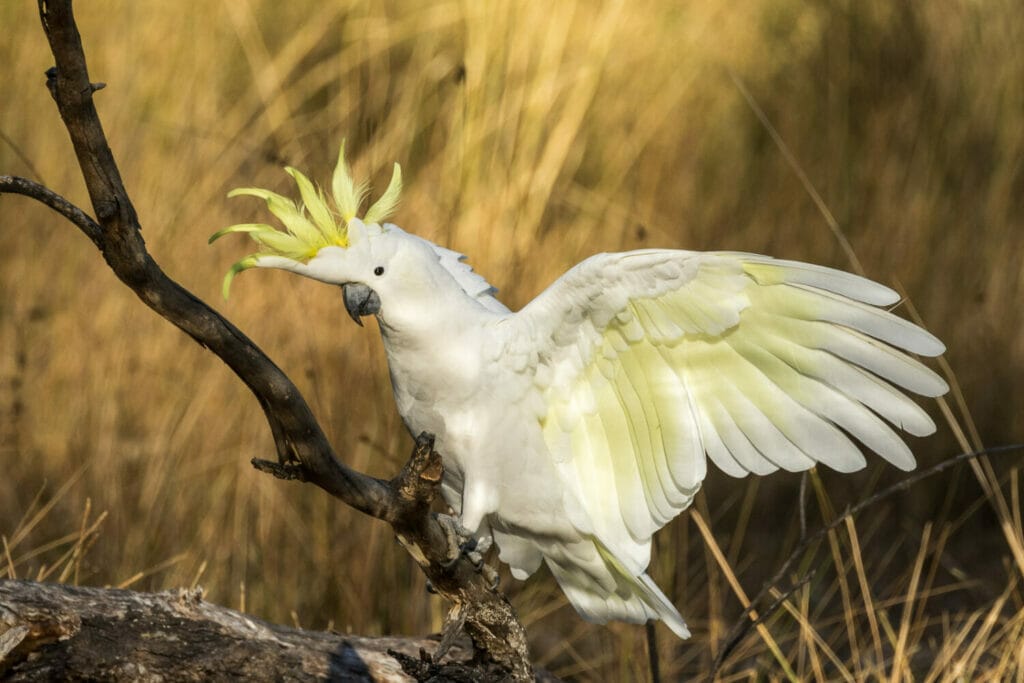
- Scientific name: Cacatua galerita
- Length: 17.5 to 21.5 inches
- Weight: 28.19 ounces
- Wingspan: 40.55 inches
Sulphur-crested Cockatoo are one of the many species of cockatoo that imitate the sounds of their environment. Sulphur-crested Cockatoo are loud and raucous. In the wild, they group together and screech loudly to terrify would-be predators.
But screeching isn’t the only sound they make. On occasion, they’d generate clicking, clucking, and rattling sounds.
Author Note: As the name suggests, Sulphur-crested Cockatoos have a distinctive yellow crest and wing underside. Aside from their sulphur-yellow parts and gray-black bills, they’re white overall.
Like most cockatoos, Sulphur-crested Cockatoos are highly intelligent. According to experts, they have the learning capacity of a 1 to 2-year-old toddler. They’re capable of imitating noises when taught how to speak words and phrases.
11. Budgerigar (Melopsittacus undulatus)
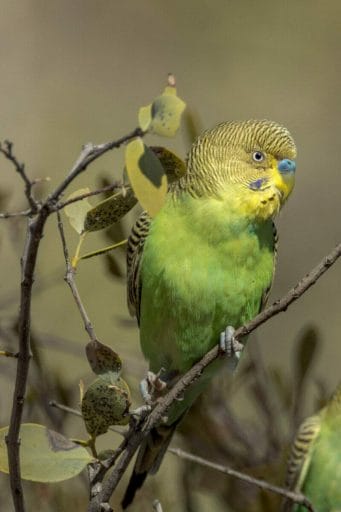
- Scientific name: Melopsittacus undulatus
- Length: 7 to 7.8 inches
- Weight: 0.7 to 1.2 ounces
- Wingspan: 9.8 to 13.8 inches
Budgerigars are tiny, seed-eating parrots native to Australia, where they still live today.
Budgies are one of the smallest species of parrots. They’re not quite as small as parrotlets, but they’re certainly up there in terms of size. They’re among the most popular pet parrots in the world, loved for their affectionate nature and intelligence. If trained properly, they can perfectly mimic human speech.
If they’re not imitating their human companions, they talk in high-pitched chirps. They’d occasionally make clicking and chattering sounds, too.
With that said, happy clicking is different from angry clicking. If budgies make clicking noises with their beaks, it can mean they’re acting defensive and territorial, and they want a bird or animal to back away.
12. Brown-Headed Cowbird (Molothrus ater)
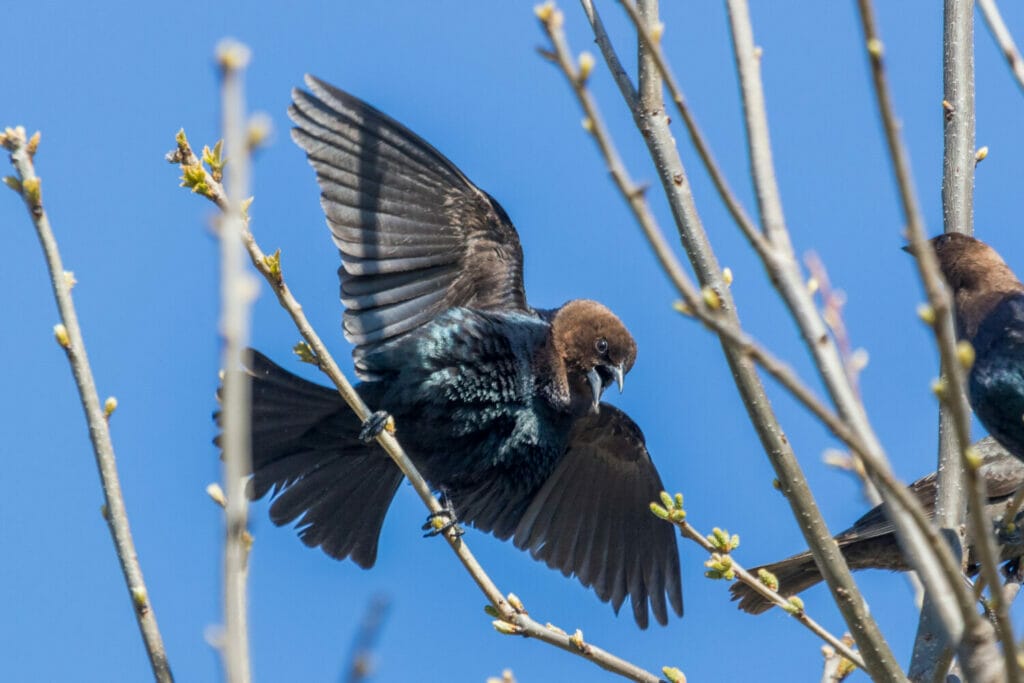
- Scientific name: Molothrus ater
- Length: 6.3 to 8.7 inches
- Weight: 1.5 to 1.8 ounces
- Wingspan: 12.6 to 15.0 inches
Brown-headed Cowbirds are a widespread brood parasite native to North America. Like most brood parasites, these birds lay their eggs in the nests of other birds, forcing the owner of the nest to raise their young. As such, they’re considered a nuisance birds because they often destroy the eggs of other songbirds to make space for their own.
Brown-headed Cowbirds are the world’s most common brood parasites. In the U.S. alone, there are around 56 million of them. They lay their eggs in the nests of more than 200 species of birds; after all, they can’t afford to be picky when they’re orphaning their birds.
The majority of the birds don’t recognize the change, but some do and would build a nest of the old one or throw the eggs out of the nest.
Author Note: Brown-headed Cowbirds make a variety of sounds, ranging from whistling and childing to chattering. These calls usually last between 1 to 2 seconds. They also make short clucking notes while feeding.
13. Eastern Whipbird (Psophodes olivaceus)

- Scientific name: Psophodes olivaceus
- Length: 10 to 12 inches
- Weight: 1.7 to 2.5 ounces
- Wingspan: 12.5 to 13.5 inches
Native to the east coast of Australia, Eastern Whipbirds are insectivorous passerine birds known for their whip-crack songs.
Although they’re fairly common in Australia, they’re heard more often than seen. Their songs are drawn out, followed by a whip crack and some notes that sound a bit like clicking. They make these calls in the early morning, but natives occasionally hear them at noon and sunset as well.
Final Thoughts
There you have it, folks; 13 birds that make a clicking sound!
We hope this article helped you identify the clicking sound you’ve been hearing outside your window, or at least discovered a new species you’ve yet to know about.
Most of these birds make an array of sounds, not just clicking, including chirps, whirls, and chatters. While we tried to source the clicking noises in our audio files, they were not always available.
We hope you liked our guide on birds that make a clicking sound.
FAQ
There are many birds that make a clicking sound, but one bird that is known for its clicking calls is the Eastern Phoebe. The Eastern Phoebe is a small, grayish-brown bird with a white belly and dark wing feathers. It is a common bird found throughout most of eastern North America. Other common birds that make clicking sounds include the Chimney Swift, Woodpecker, Ruffed Grouse, Eastern Bluebird and Killdeer.
Blue Jays are known for their loud, distinctive calls, including a harsh “jay-jay” sound and a variety of other calls. However, when using intrapair communication, Blue Jay calls are used between members of a pair for bonding, coordination, and to maintain contact. Some of these calls have been described as soft, low, and chattering, and some people may perceive them as a clicking sound. These calls are usually made by both males and females, and are often heard when the birds are in close proximity to each other, such as when they are nesting or roosting together.
Crows and ravens are known for their wide range of vocalizations, including caws, croaks, and even mimicry. American Crows and Common Ravens are known to make various types of calls, including a clicking sound. These clicks are usually made by both males and females, and are often heard when the birds are in close proximity to each other, such as when they are nesting or roosting together, foraging in a group or even as an alarm call.





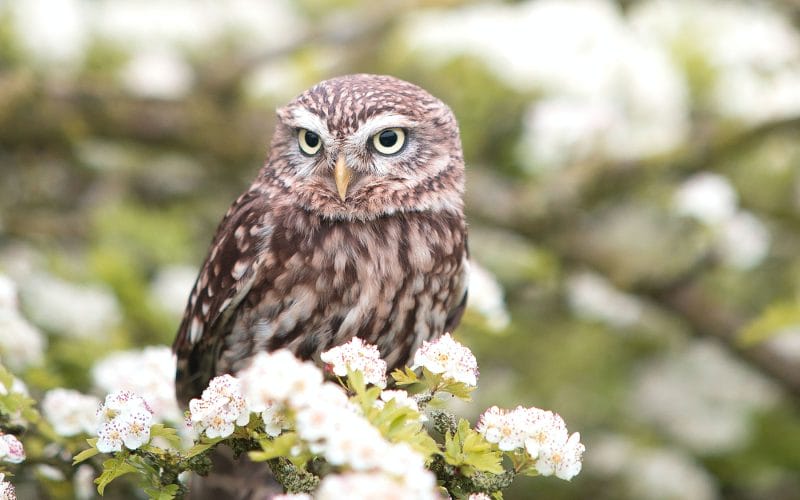


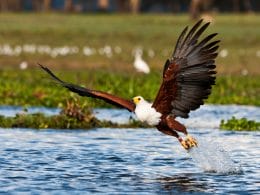

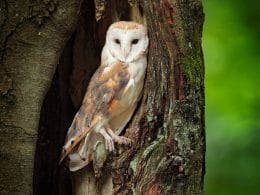
The Bird that is making the clicking noise is VERY VERY Small i live in France what is this Bird please